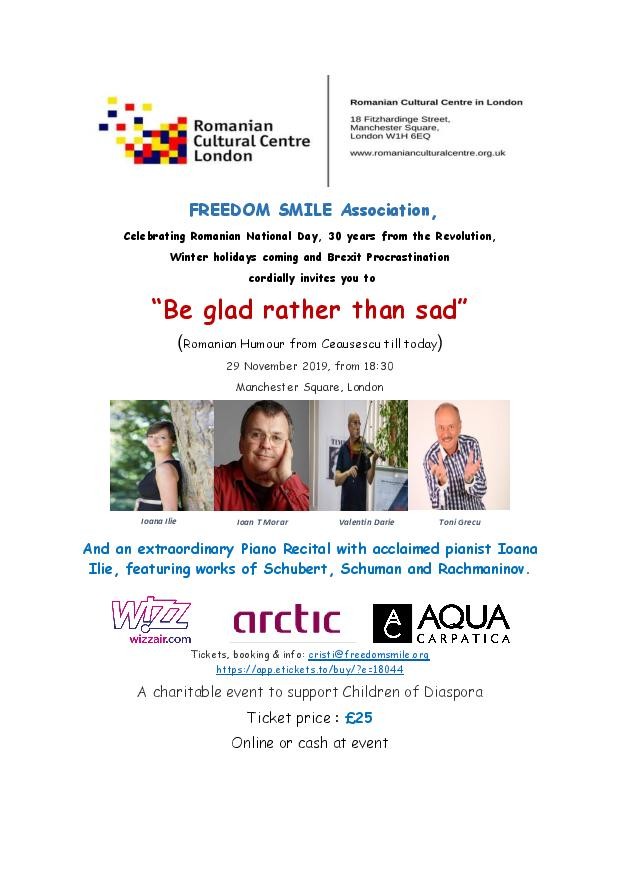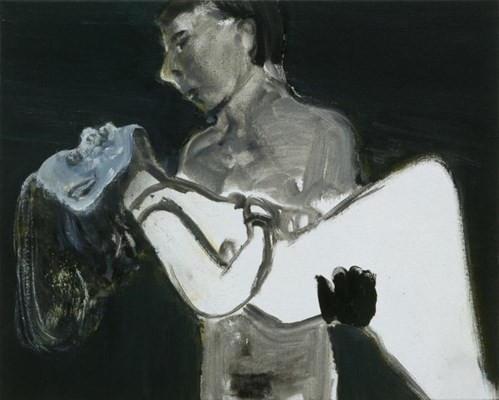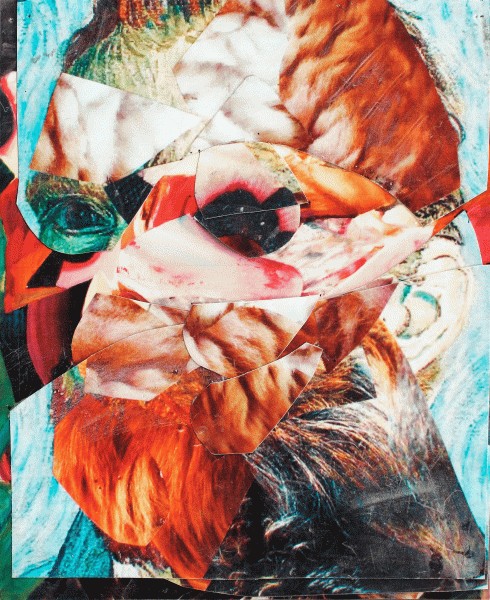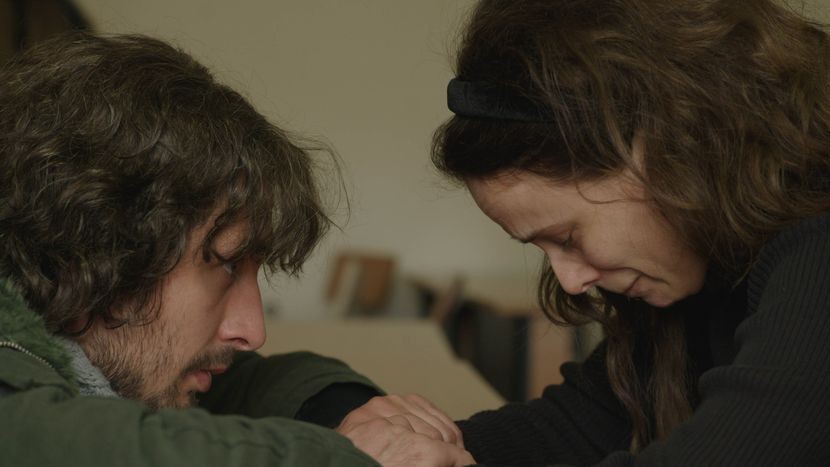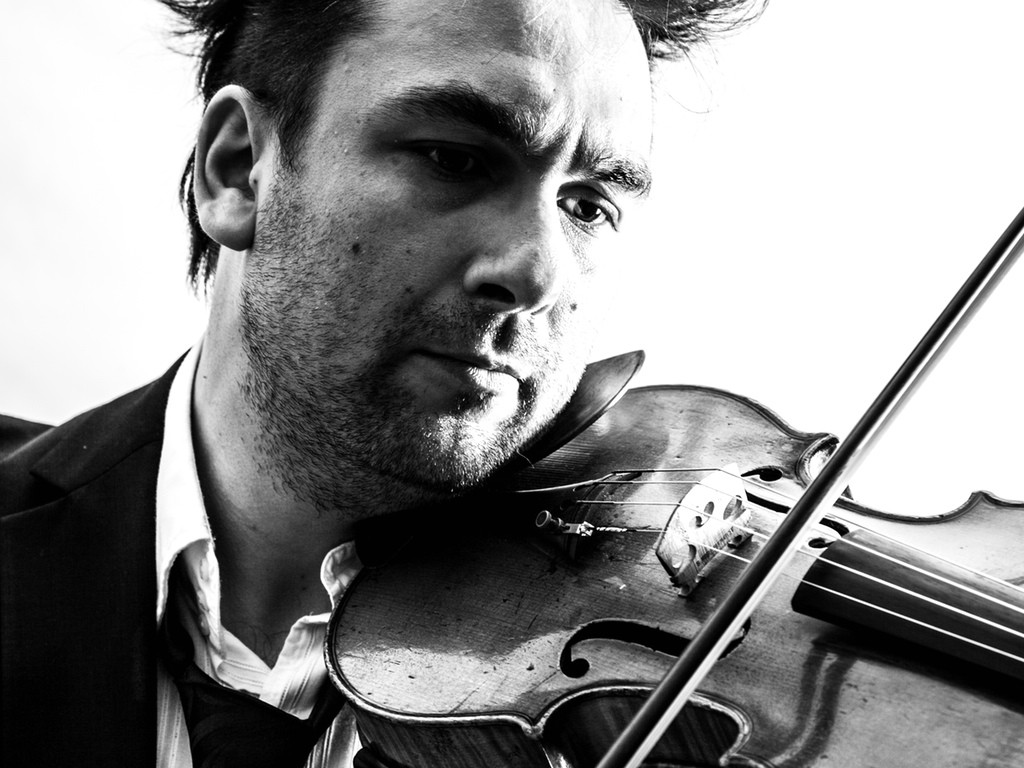
We all need music in our lives! Bogdan Vacarescu is planning to record a collection of lost treasures by Hubay, Dvorak, Brahms, Beethoven & more in one of London's best studios and he needs oursupport
Below you can find more details about his campaign.
"His technical mastery...made it sound at times as if there were at least two fiddlers" (The Scotsman)
Hello,
I am here as I really need some help to bring this album to life. And here is why I think this will be special album. First of all some of the pieces I am about to record have been forgotten by violinists. I have been performing them in halls and every time I ask the audiences how many of them know these pieces either nobody heard of them or some very old people remembered them played by the great violinists such as Heifetz, Szeryng, Menuhin etc. I am talking about pieces by well-known composers such as Brahms, Beethoven, Sarasate, Hubay, Dvorak, arranged by the great Auer or Kreisler. I will also be recording one of the Enescu sonatas on this album - since I am Romanian, it would be fitting to have a major Romanian work on my first classical album.
What I am also trying to save is a way of playing the violin. I follow the "old school" which I was very lucky to have passed on to me by the best teachers in Romania. They showed me a combination of the German, Russian, Galamian and Franco - Flemish schools. Kind of like Bruce Lee being trains in all top martial arts :) The Franco-Flemish one is my favourite and it was passed on to me by the late outstanding violinist and concert-master of the Romanian National Opera House - Paul Ratz. His teacher was another tremendous Romanian violinist called Vasile Filip - a forgotten violinist who nurtured some of Romania's best violin players including Ion Voicu and Grigoras Dinicu - apparently the great Jascha Heifetz once said that Dinicu was the greatest violinist he had ever heard. Filip's teacher was the Romanian genius: composer, violinist, pianist, cellist, conductor George Enescu - yes, the same Enescu that taught Yehudi Menuhin. I will be recording one of his Sonatas on this album. Enescu studied with Hellmesberger, Ernst and Marsick to name but a few of his great teachers.
"...his fingers move at lightning speed, and the bow even faster” (Fasterlouder - The Tivoli, Brisbane, Australia)
I am telling you all this because I take my lineage very seriously. The differences in interpretation and technical solutions between the 21st and early 20th century are now nearly lost to the few records we have and a handful of violinists. My aim is to keep that style of playing, which involves taking risks rather than going safe - that means not cheating or finding ways to make things easier by modifying what the composer wanted in terms of techniques. It means using the violin to its full potential rather than for example adopting the new pianistic approach - that involves mechanical and temperate playing. The violin is the perfect instrument to imitate the human voice.
Materllato, glissando and especially louré are techniques that are now equivalent to pagan sorcery at competitions and conservatoirs. Rubato is often completely ignored or misused. I remember having debates even at London's Royal Academy of Music where I was told "we don't play like that anymore".. and I wondered whether people found it too difficult or if they confused it with mannerisms of some violinists of early 20th century that were well known for going over the top with glissandos etc. That is not what I am talking about. In my view the subtleties of these techniques have also been replaced by a lot of unnecessary theatrical movement on stage that seems to impress the audiences. I would rather use the old school risky techniques than walking the "minimal resistance line" as my teacher used to call it (loosely translated). My suspician is that the main reason this school is dying is because it is hard! It is very difficult to turn a glissando (slide) from the usual meowing cat-like ones to a colour or expression. There are at least six different types of glissando plus more subtypes which should be applied in key points in certain situations. I am stopping here the expression techniques lesson! But in conclusion, eliminating all of these techniques means many violinists become "mechanical executioners" instead of true masters. A major challenge of this way of playing that I respect is that it requires a lot of patience and time to acquire and understand. The truth is that not many people have that time or will to invest and the financial return is very small. The few musicians left from this great school of playing include Itzhak Perlman, the Romanian violinist Eugen Sarbu and a few others who don't really play much anymore or even teach.
Which brings me to the next reason I am here: making a record independently - it looks like many promoters and record labels are reluctant to take chances or invest in anything out of the ordinary. This is in my opinion terribly wrong and it does a huge disservice to the ignored repertoire of stunning classical music.
I have played solo violin for films and radio dramas on scores composed by Oscar winning composers such as Stephen Warbeck and Gabriel Yared; collaborations with Banks & Wag, Nigel Kennedy, BBC and ABC Televisions in Australia.
Now it is time for me to record some of these pieces that deserve to be rediscovered.
“...his playing is not of this world, it is so far beyond it.” Britic


